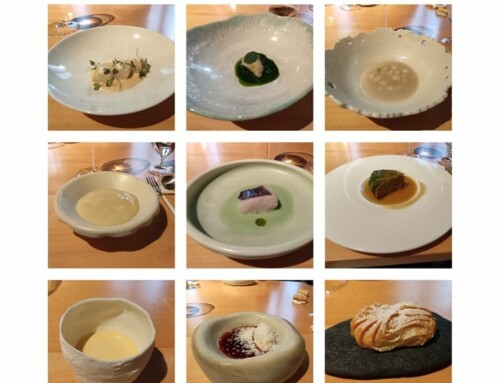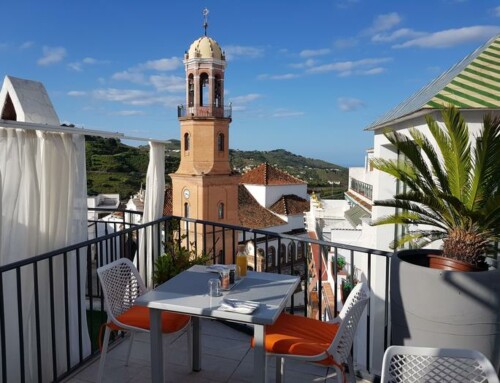Espetos or grilled sardines from Malaga are one of the simplest dishes of our local gastronomy. And they are also one of the most demanded ones by locals and tourists.
Although you can find it all year long, it is said that they have a special taste from ‘Virgin to Virgin’– that means from the 16th of July (celebration of the “Virgen del Carmen”) until the 8th of September that honors the “Virgen de la Victoria”. Some extend this time frame to those months that do not include an “r” in their names: from May to August. What is clear, is that the summer months are ideal for having these skewers, because in that period the sardines are a little fatter, which increases their delicious flavor.
All of this, not forgetting the low price (for 2-6 Euros) and their great pairing with soft drinks or a glass of beer, sangria or an ice cold “tinto de verano” red wine, which makes the “espeto” a delicacy in any beach bar of the coast of Malaga, especially in Pedregalejo. And if that was not enough, the sardine is very nutritious since it contains many proteins, vitamins and the famous omega-3 fatty acids.
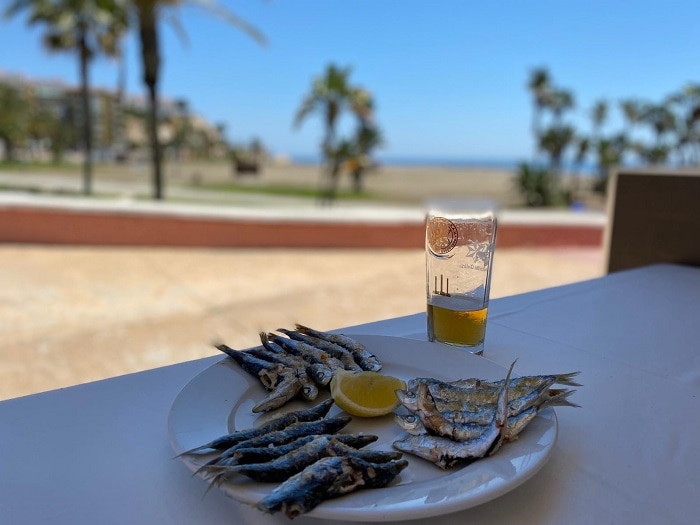
Espetos in a Chiringuito in Pedregalejo
The classic espeto or sardine skewer is very simple and comes from a technique invented in the late nineteenth century in the neighborhood of El Palo in Malaga, a tradition that has hardly changed ever since.
It is made just with a few sardines that are grilled on a cane skewer over the heat of an open wood fire. Just like that. Keep in mind that you can also cook like this other types of fish (sea bass or bream, for example) and as well a tasty squid.

However, in Malaga when speaking about espeto, it means speaking about sardines and in order to prepare them well, there are a few secrets that make this dish the favorite of many.
These are the keys to prepare an authentic espeto:
1.Keep the sardines in ice water before skewer them, to keep the fish in top condition and to have resistance when introducing the cane. It’s one of the secrets shared with us by experts of preparing well espetos.
2.It is preferable to use medium sized sardines, since they have the best taste: the very large ones do not cook well and the small ones dry up very quickly.
3.The cane is the vegetal one that is obtained from the streams that overlook the sea, but sometimes some made of metal are used as well
4. Use olive wood . On the other side, the fire, which is very commonly prepared in old boats filled with sand from the beach in Malaga, should be done with wood that consumes itself slowly and keeps a low flame,without excessive force. The use of olive wood, especially its root, is strongly recommended because of its slow combustion.
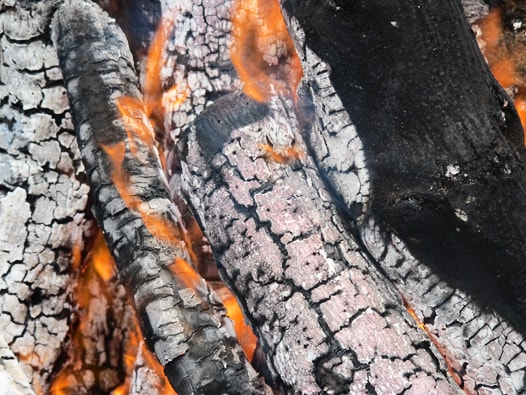
5. The art of “espetar”. Once everything is ready, the most important moment comes. You must introduce the cane in the back of the sardine, always below the spine, so that the fish will not fall off the skewer. And at the height of the gills.
It would be ideal to stab about six sardines, but this depends on the size of them, since you must always cover the entire cane: if not, it will burn. In addition, the larger ones will be situated lower and the smaller ones on the top. And abundant salt is added to them, so that they absorb it well.
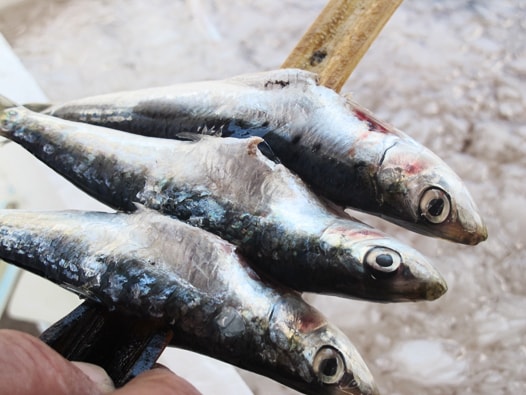
6. The skewer is placed next to the wood. With the cane stuck in the sand and separated a few centimeters and to windward (upwind), because otherwise the flames would burn the fish and the cane. It is the heat that does its work slowly and not the direct flame that might carbonize it.
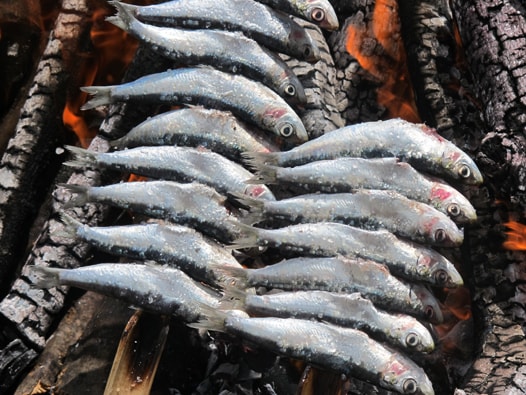
7.It just takes three to five minutes to cook the sardines; in fact, there are two details that allow us to know whether the espeto or grilled sardines from Malaga is done to perfection: the eye becomes whitish and the tail ‘blonde’, so it burns a little and brightens its color.

8.Turn it around. This is the moment when you have to turn it around so the backside roasts as well. And that’s it!

Now you just need to get yourself a bit dirty: the espet is eaten with the fingers, tearing bits of the delicious sardine meat off.
Bon Appetit!

Join our Food Tour in Pedregalejo to experience (and devour) first-hand how this traditional dish is prepared.
Don’t forget to share this post!
Related Articles
↓
Sign up for our Newsletter and get the inside scoop on our favorite recipes,
exploring and devouring Spain and more.
